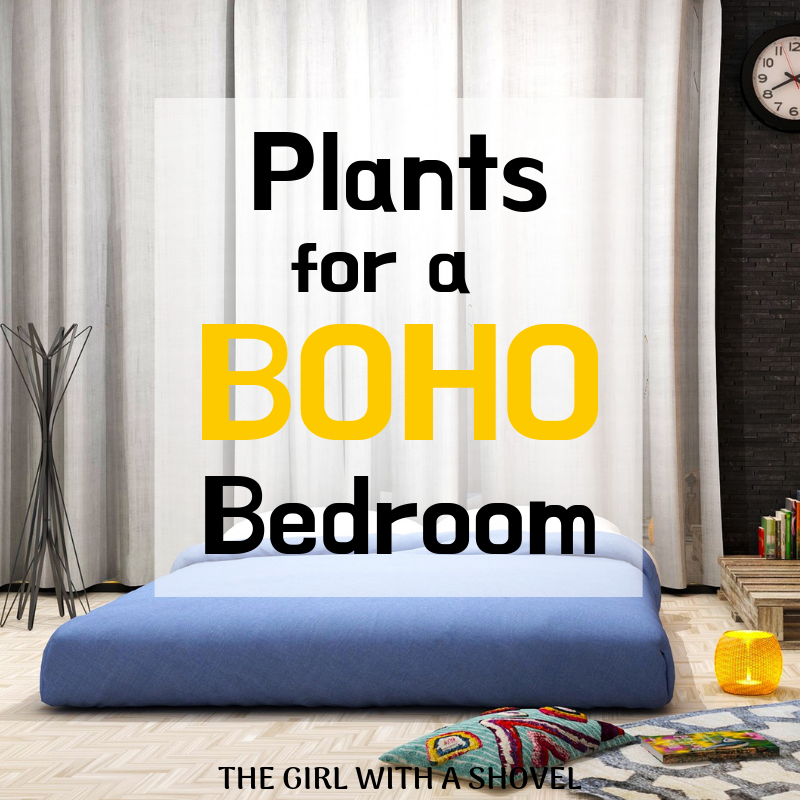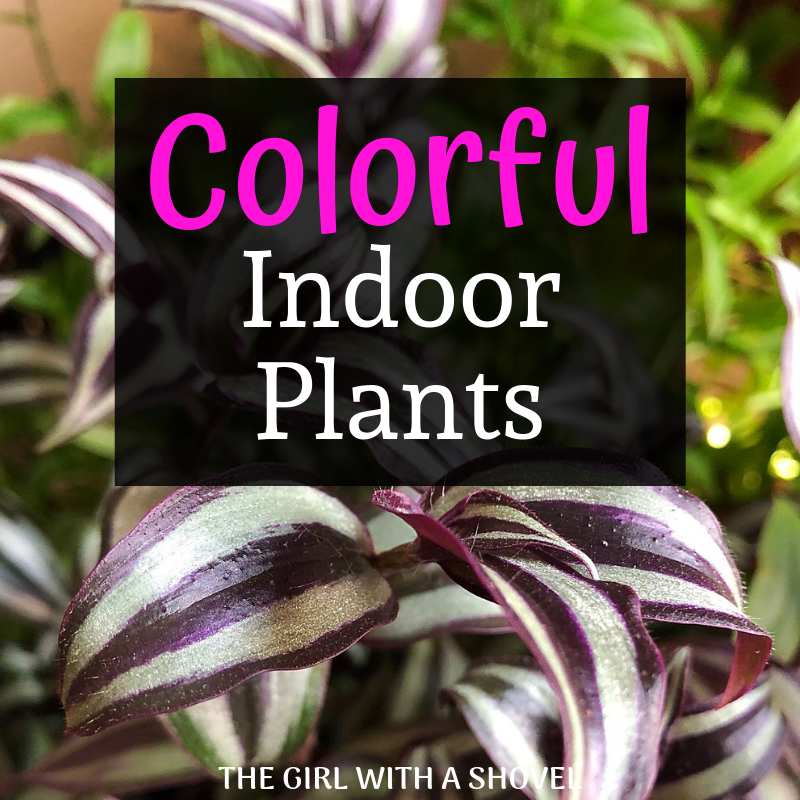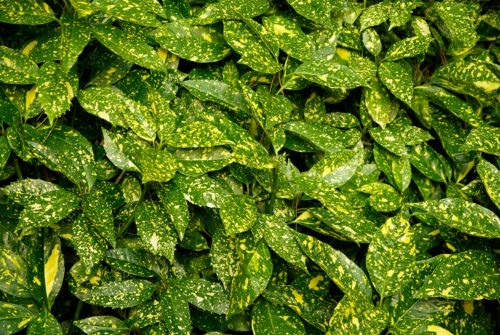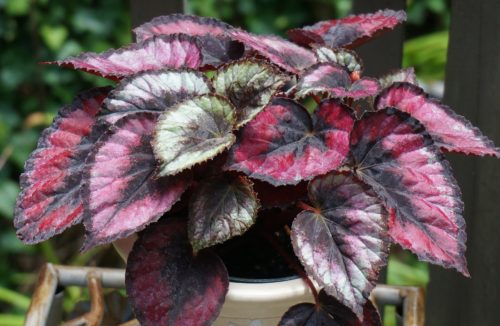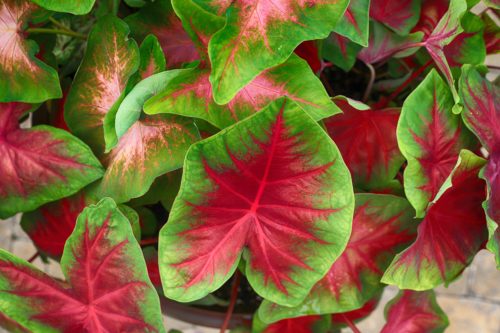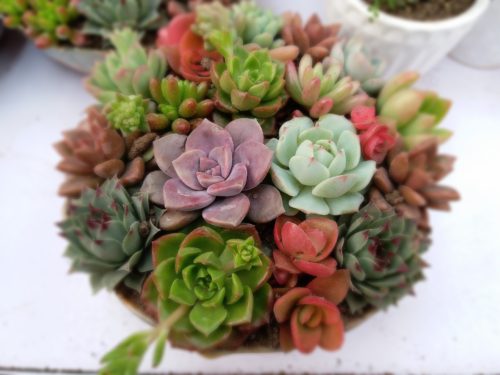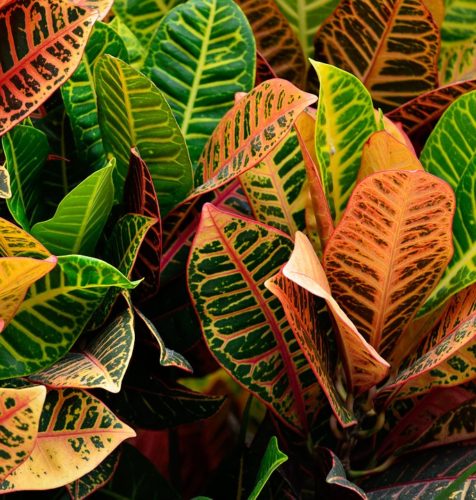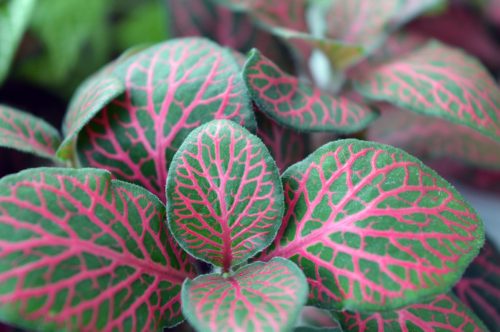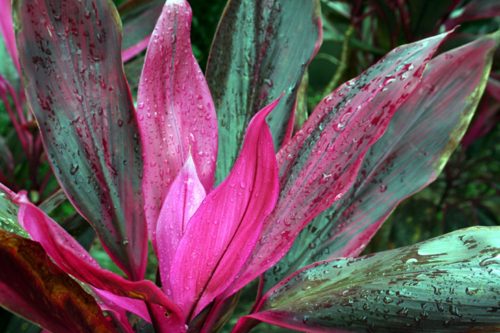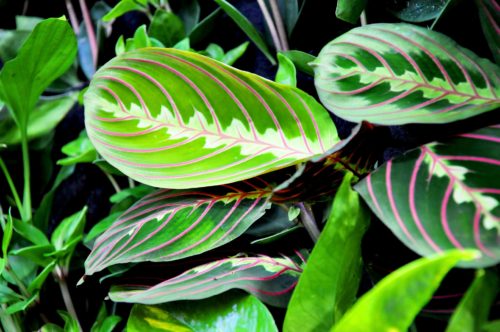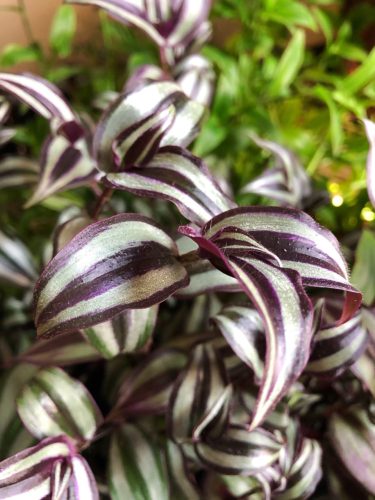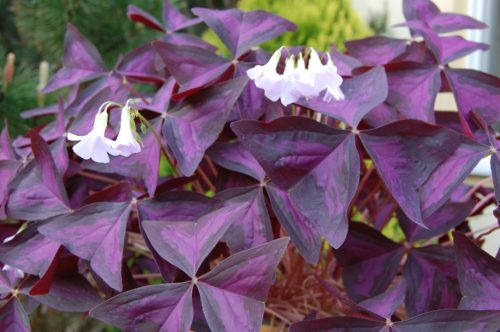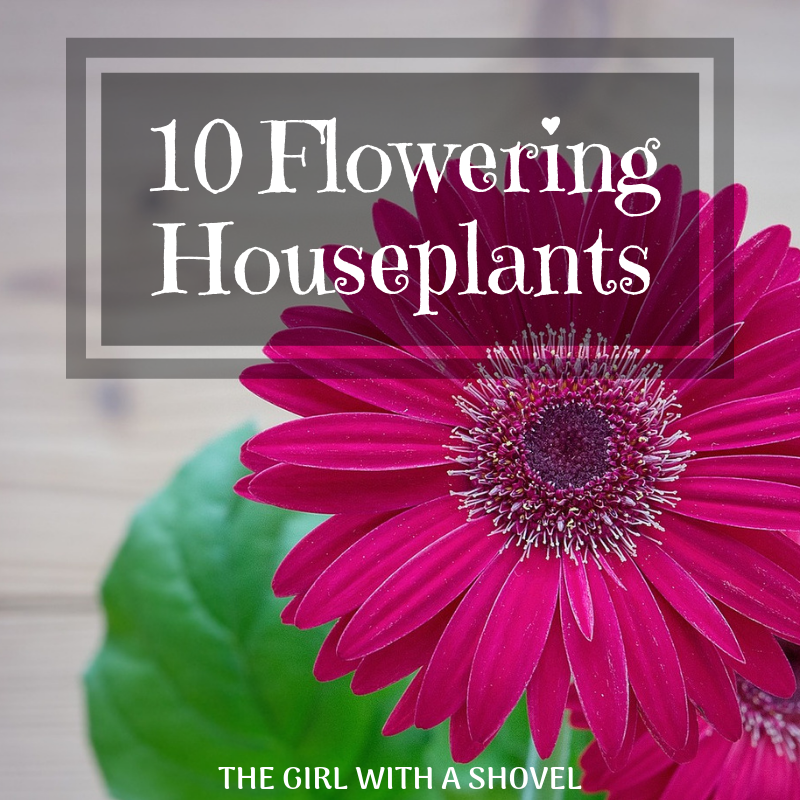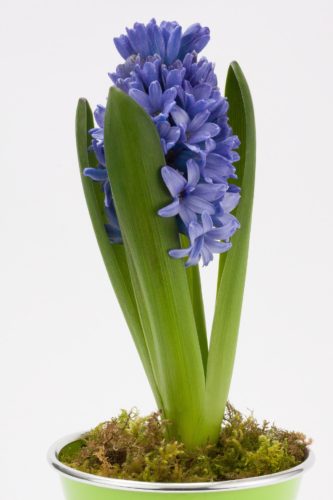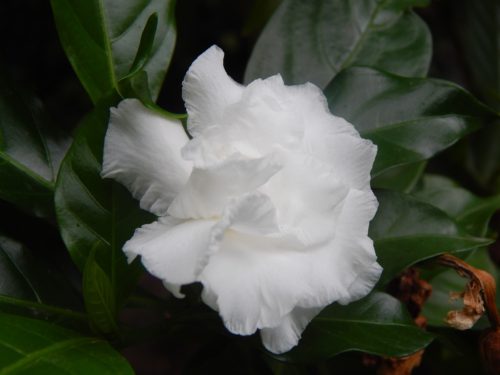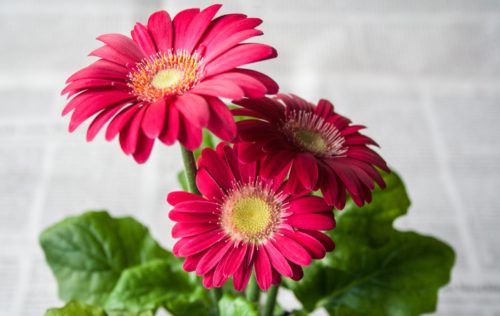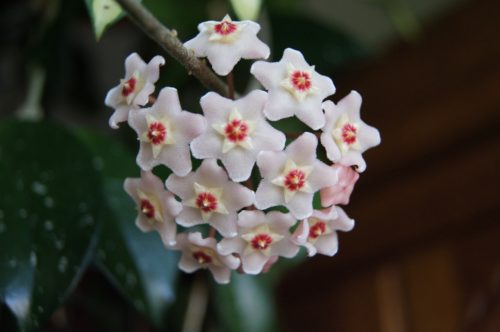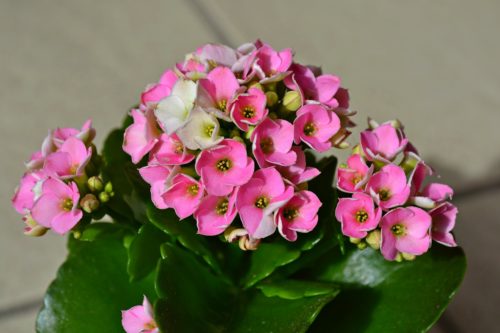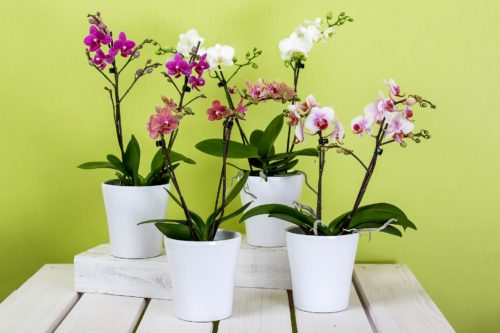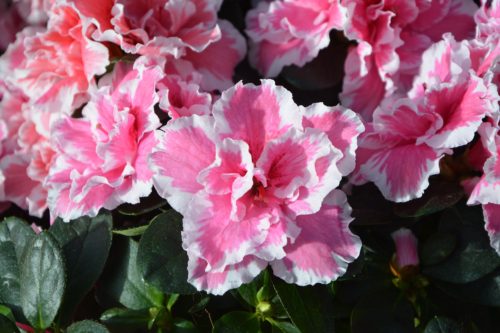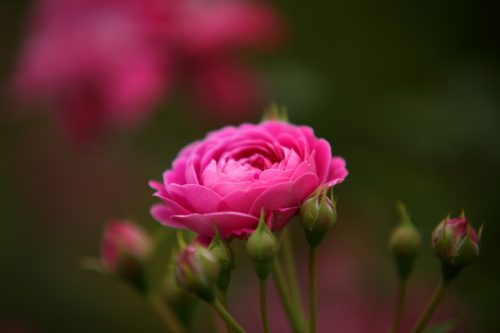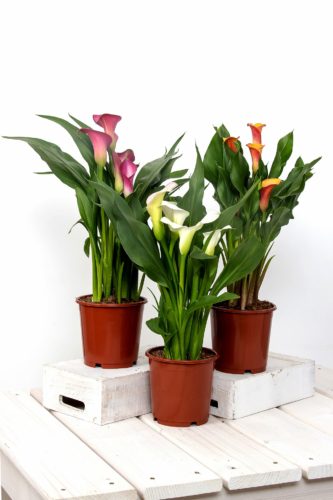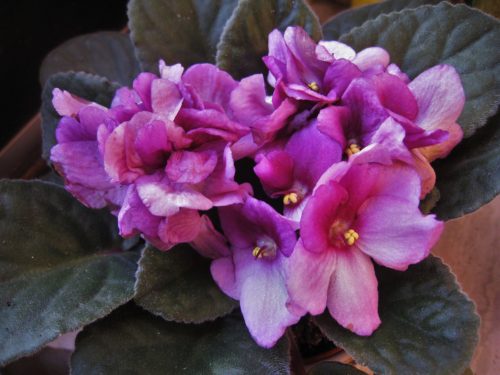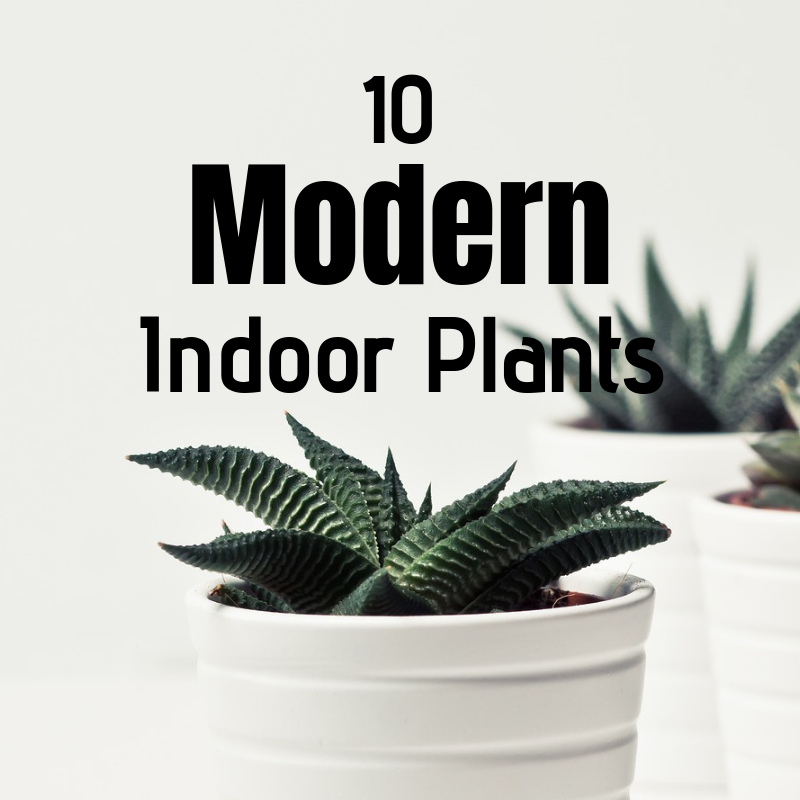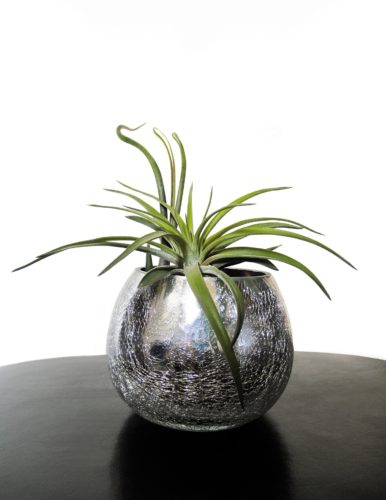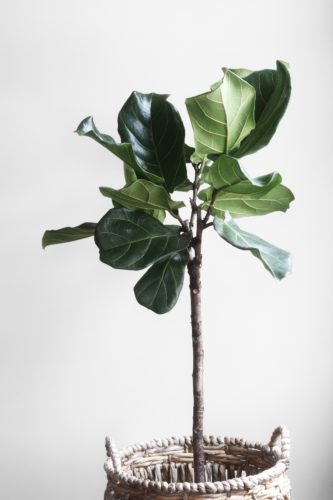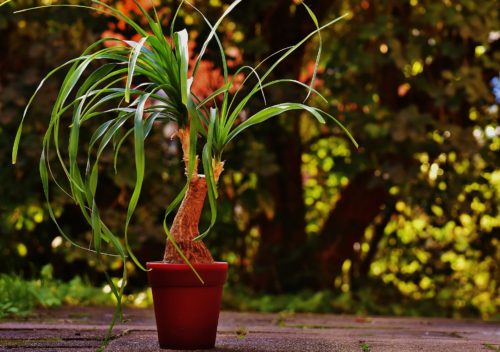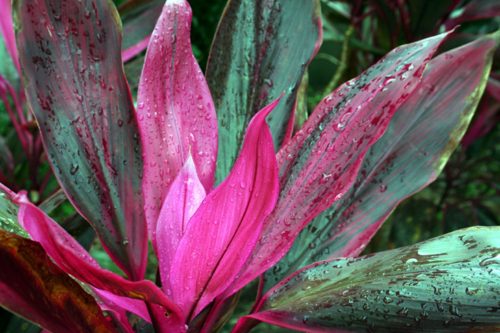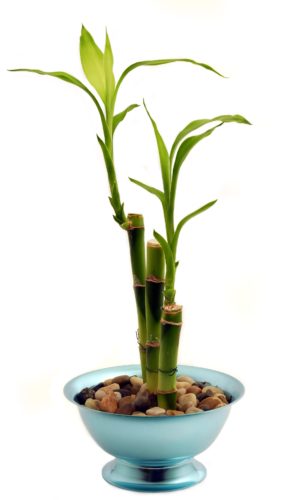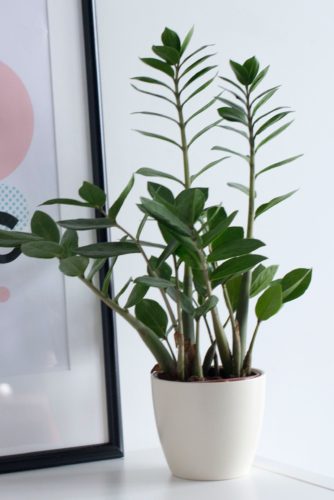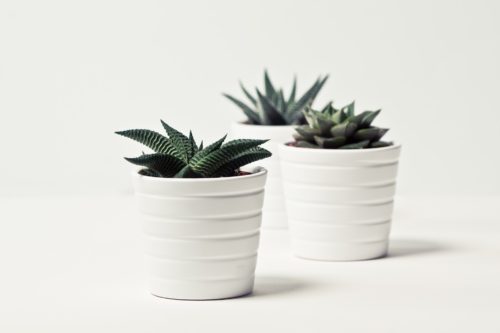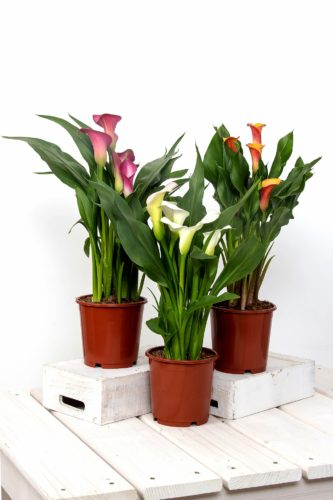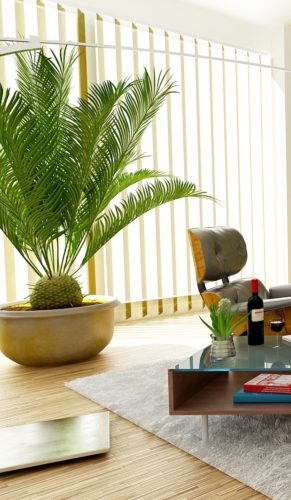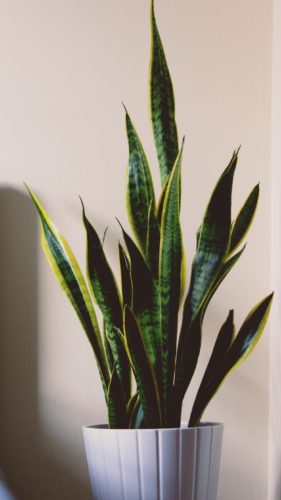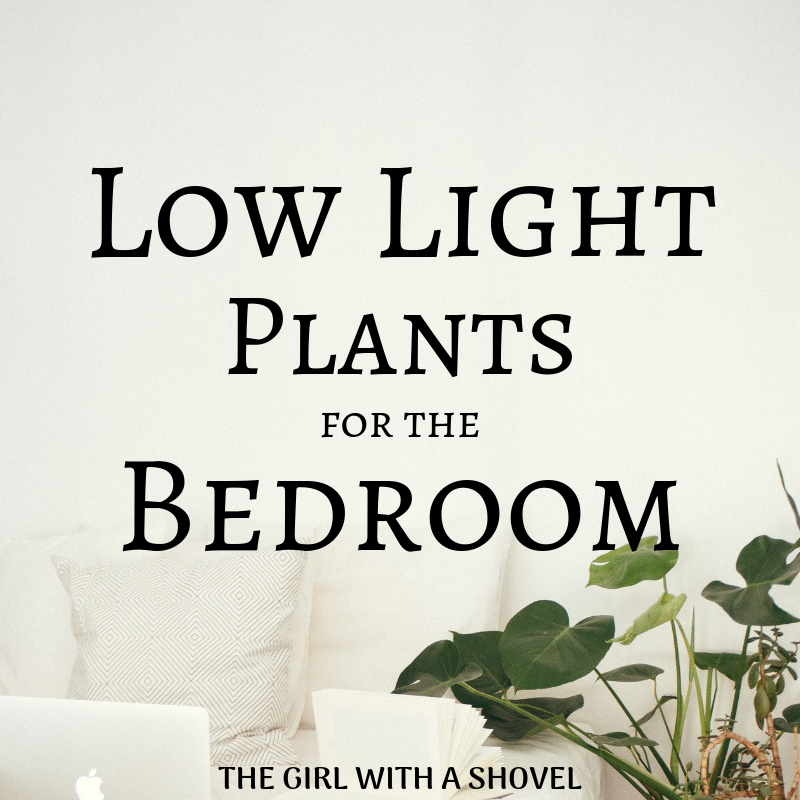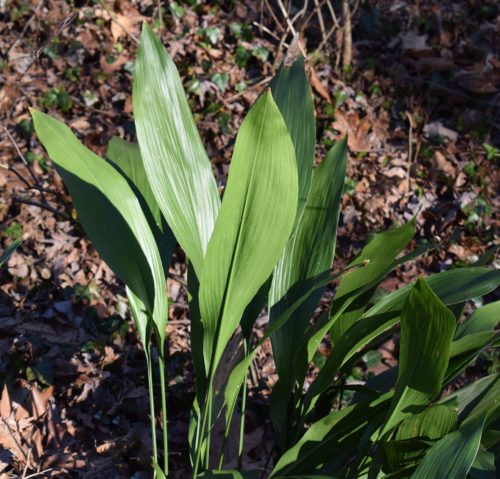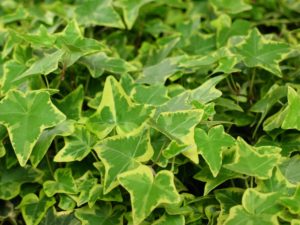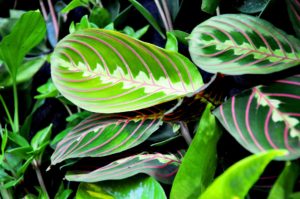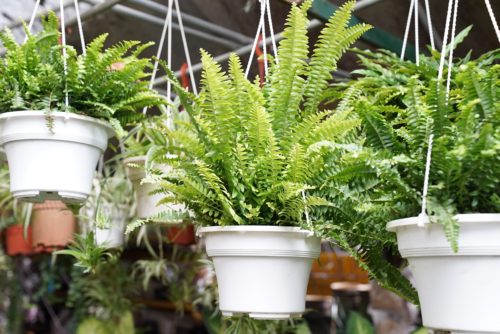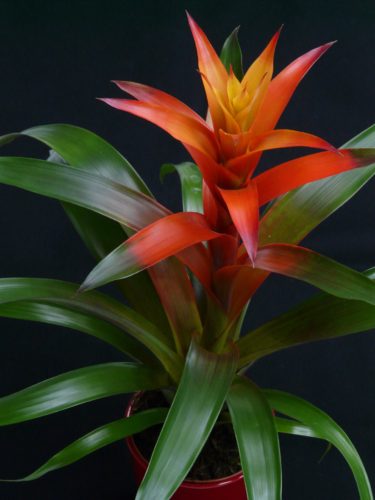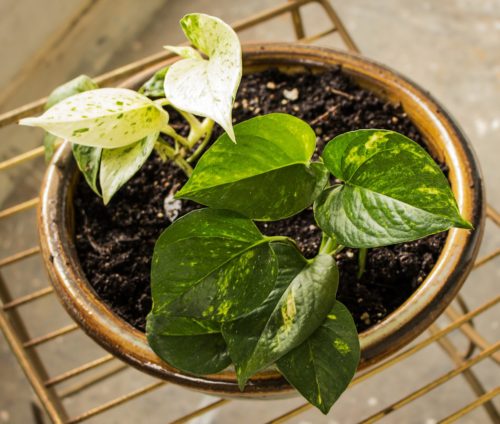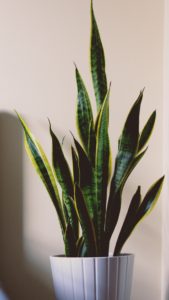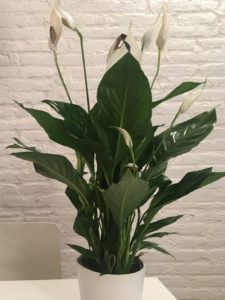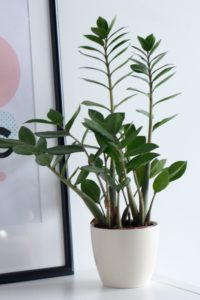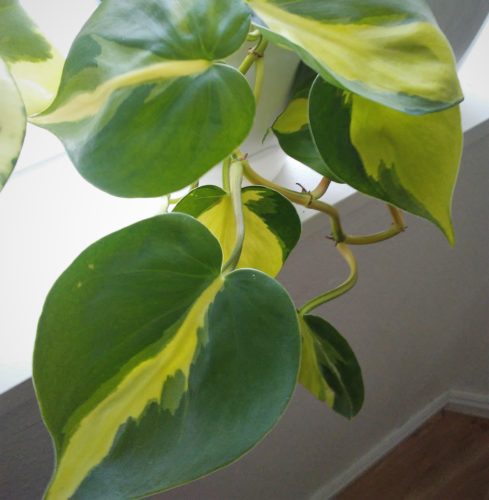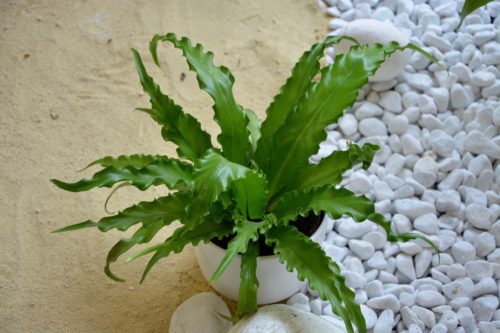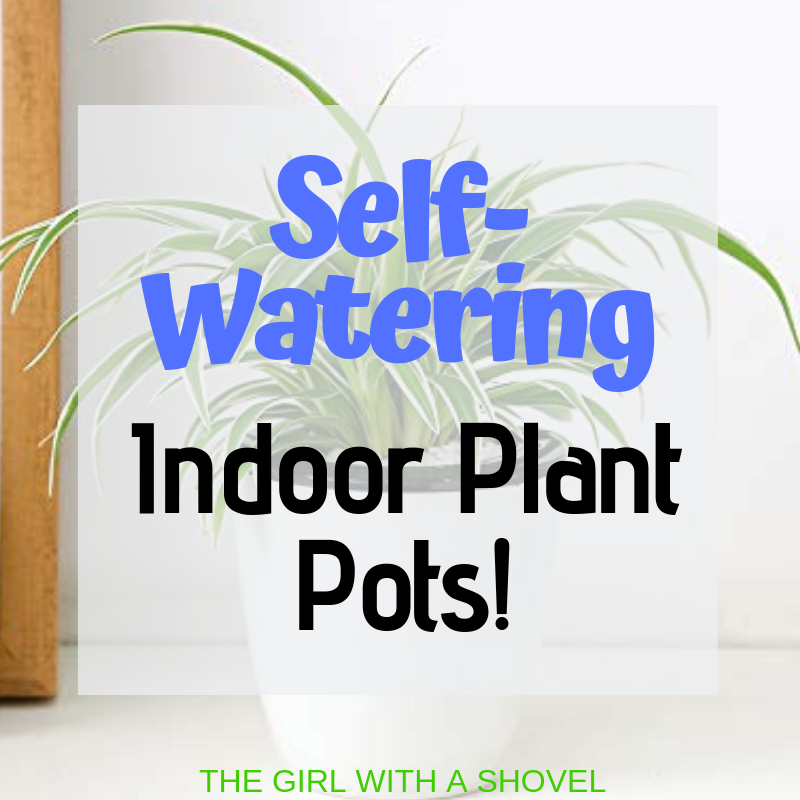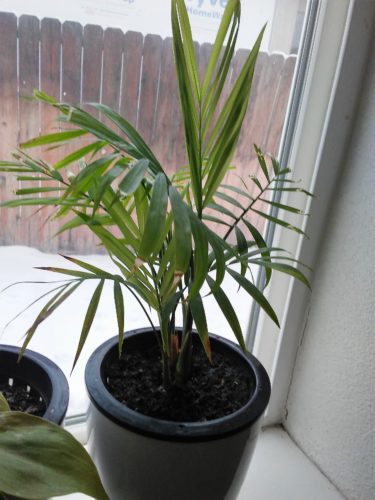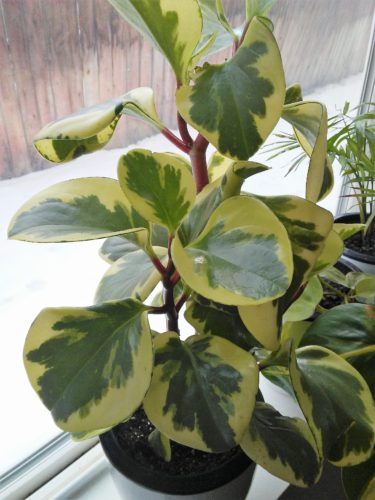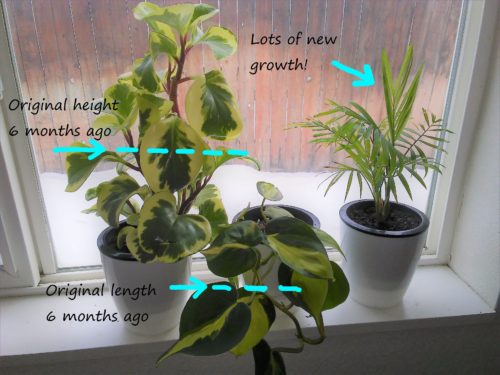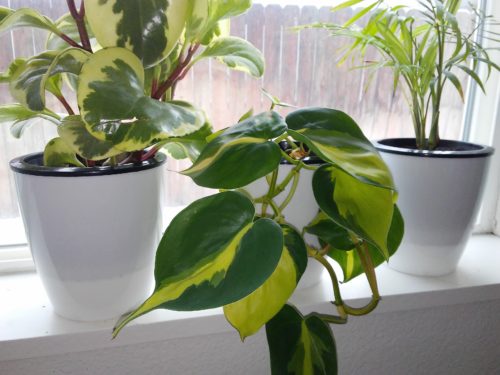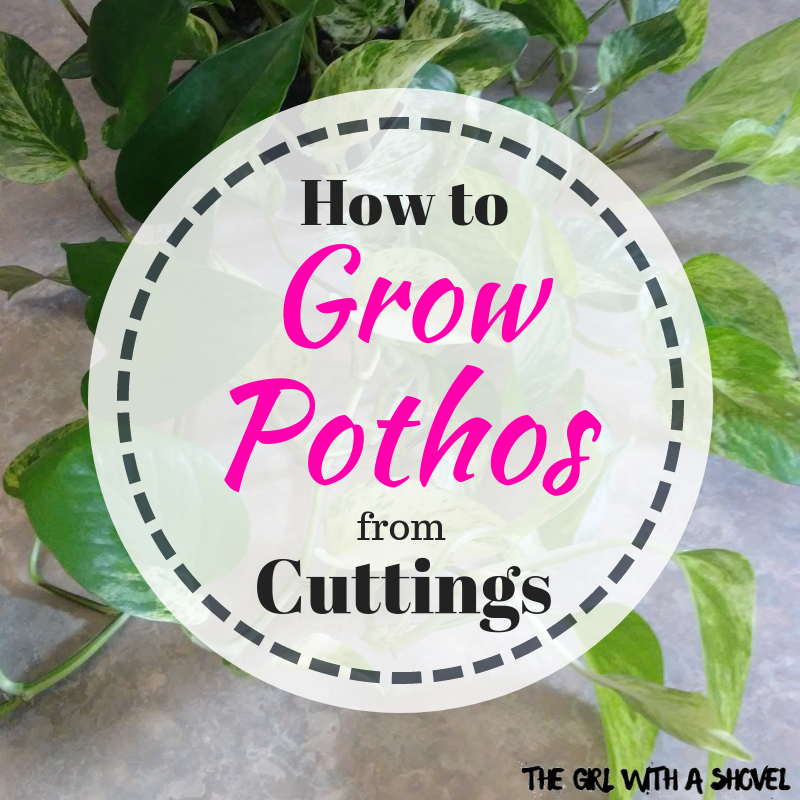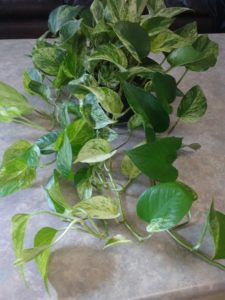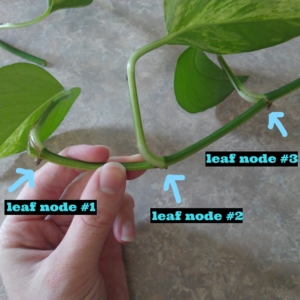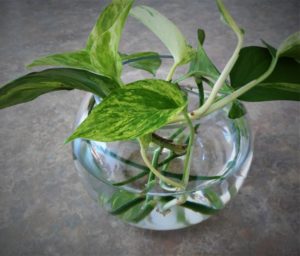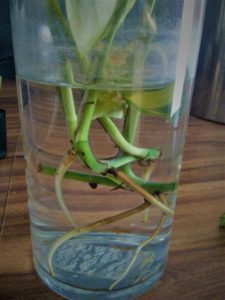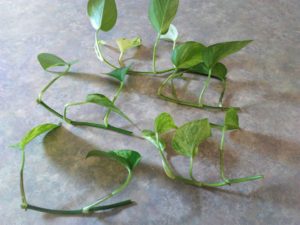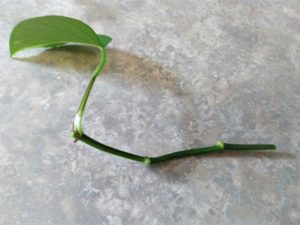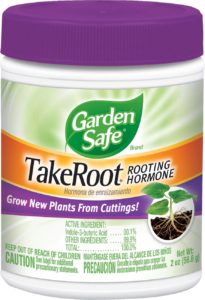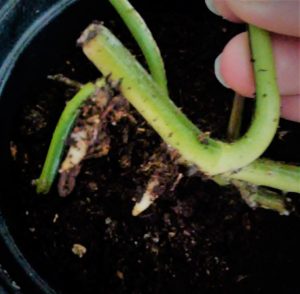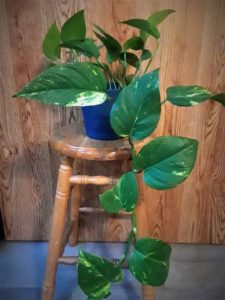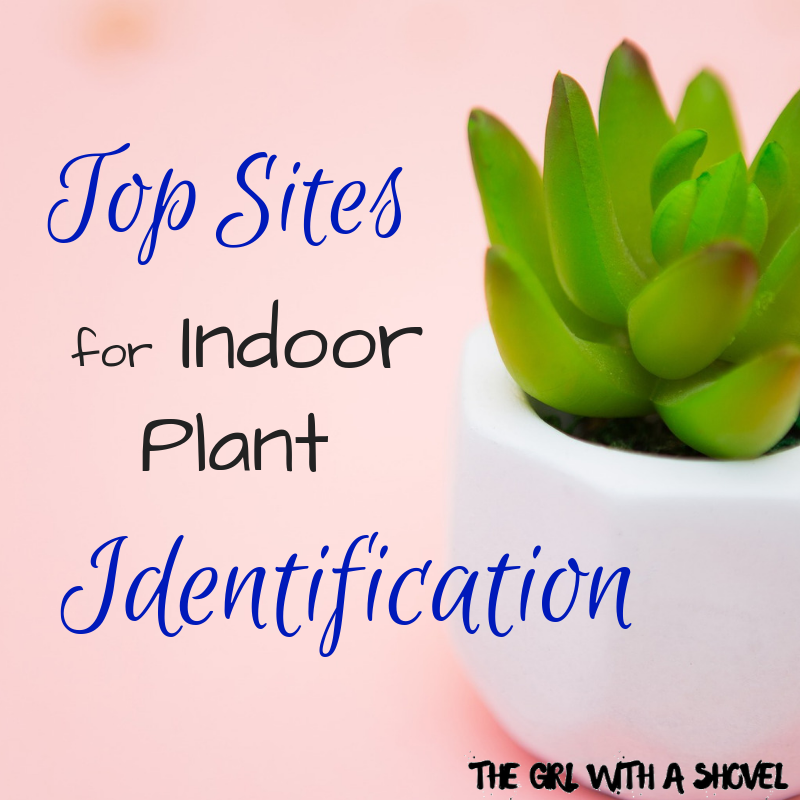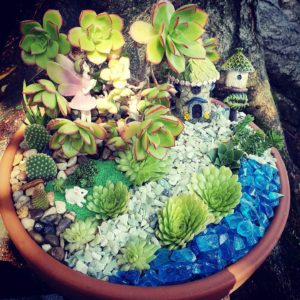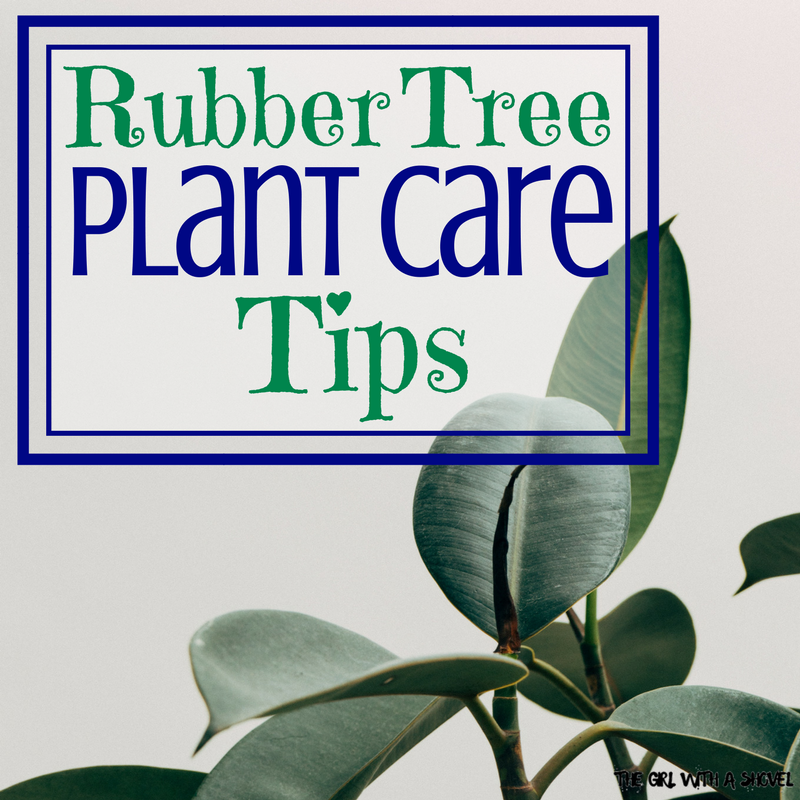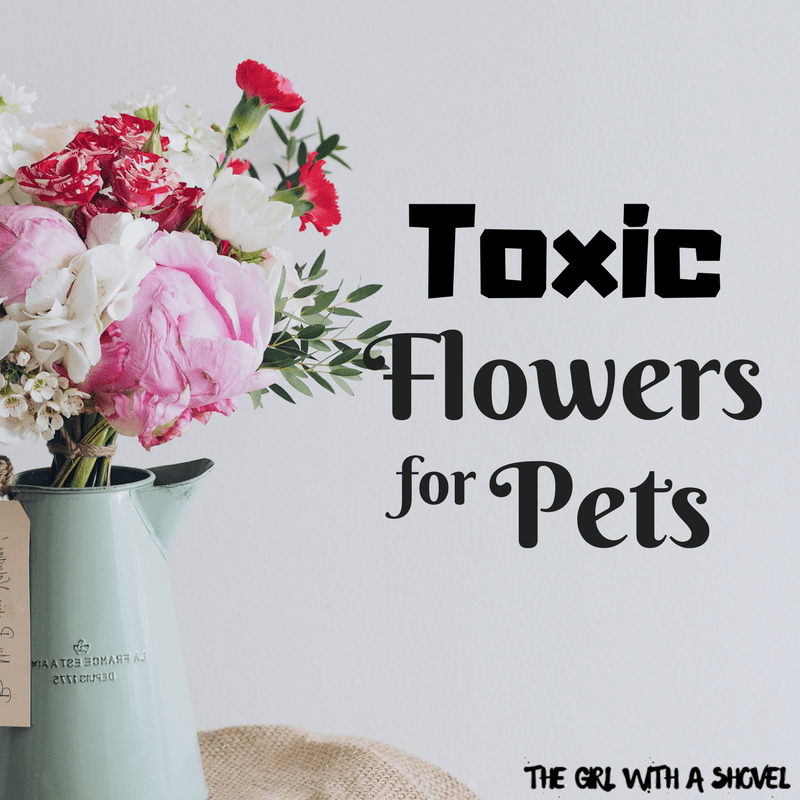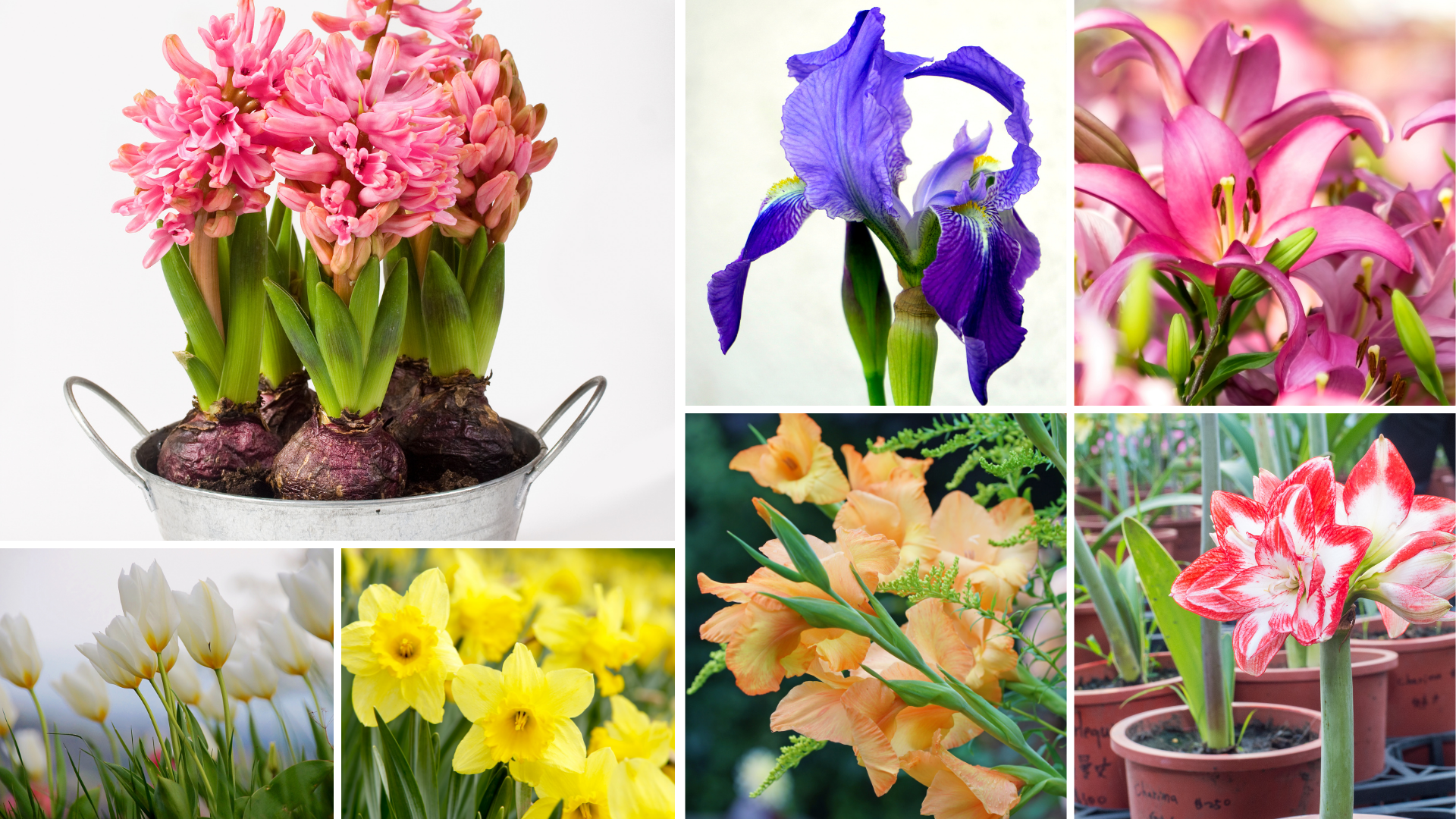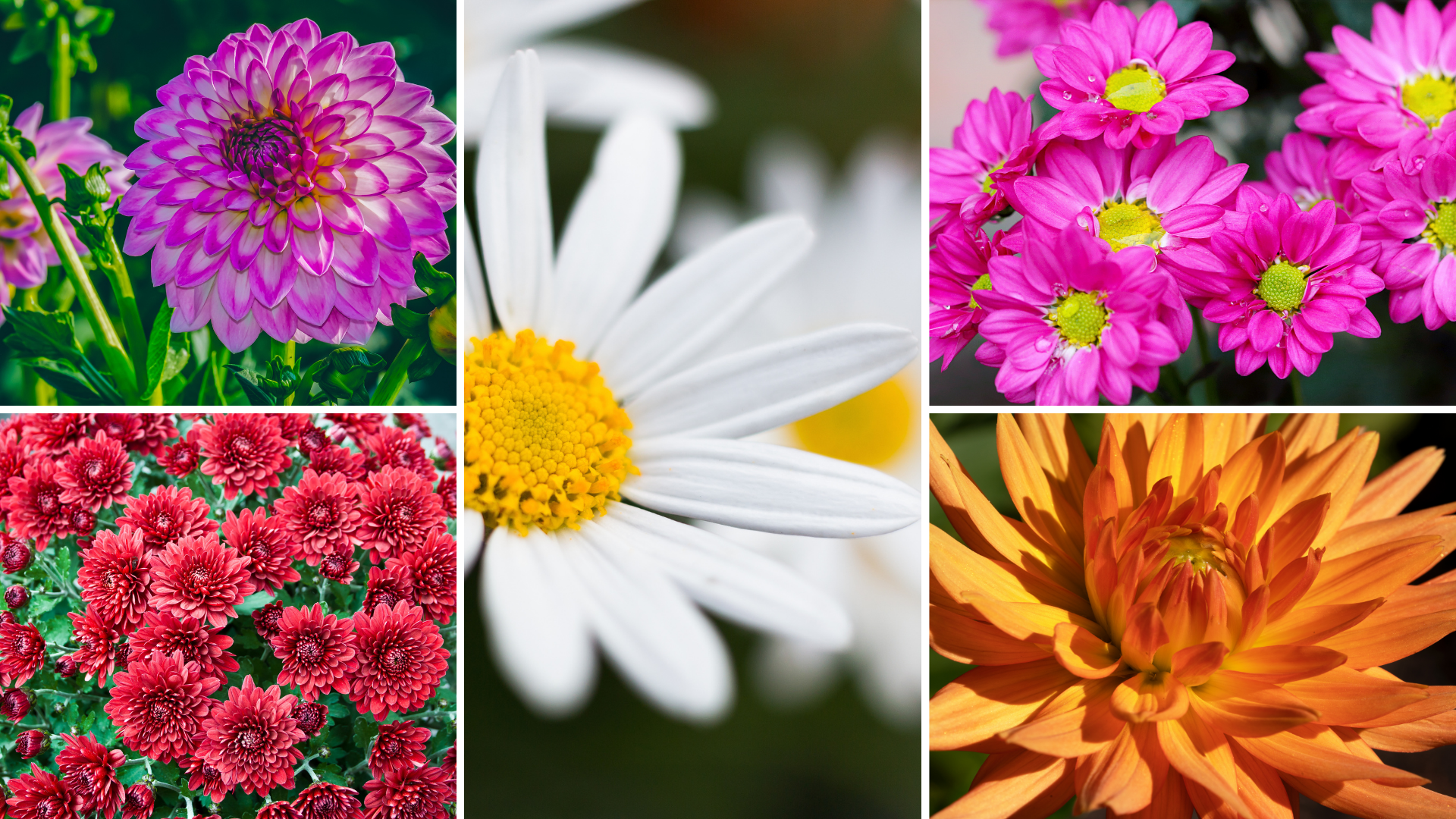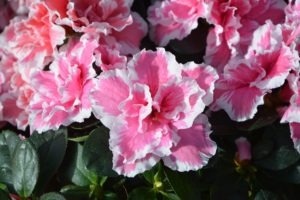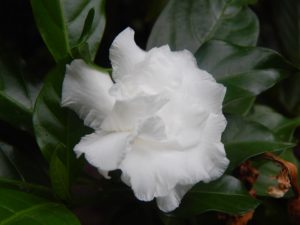Watch out! The Boho design style has been sweeping the nation and has been escalating in popularity! But what is one thing that every Bohemian bedroom needs? Plants!!! Here’s a list of 10 indoor plants that will be perfect for your boho bedroom!
**Note: This post contains affiliate links, which if purchased, I will receive a portion of the profits at no extra cost to you. This helps me to keep providing you with this awesome information!**
Plants for a Boho Bedroom #1: Cactus – Cactaceae spp.
Every boho bedroom needs at least one cactus! Whether its a lone specimen in a lit corner or a colorful cactus dish on a bedside table, make sure to add a cactus to your boho bedroom!
Buy a Cactus!

Plants for a Boho Bedroom #2: Palms!
If you’re looking for a more tropical style instead of a desert style, try out some palms! They add lots of soft, natural texture into your space. Just be sure to give it moderate to bright, indirect light levels.
Buy a Palm!
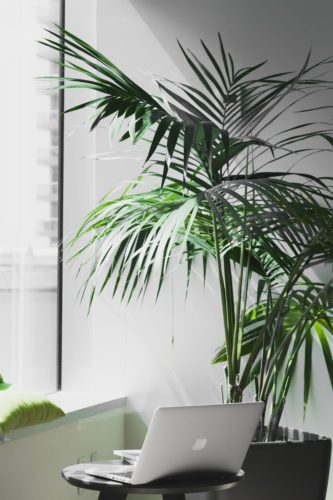
Plants for a Boho Bedroom #3: Peacock Plant – Calathea spp.
The Peacock Plant’s leaves will add a bright, natural pattern into your boho bedroom! Also, check out the white variety to add more texture instead of a pattern.
Buy a Peacock Plant!
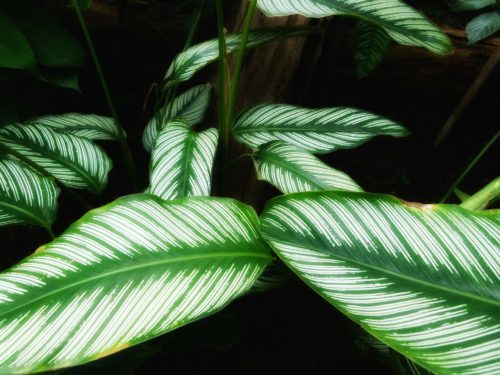
Plants for a Boho Bedroom #4: Ti Plant – Cordyline fruticosa
If you’re looking for a plant that fits the Bohemian style, but that also adds more color, then check out the Ti plant! With tall, thick stems and long, brightly colored leaves, the Ti plant looks great in any colorful, boho bedroom.
Buy a Ti Plant!
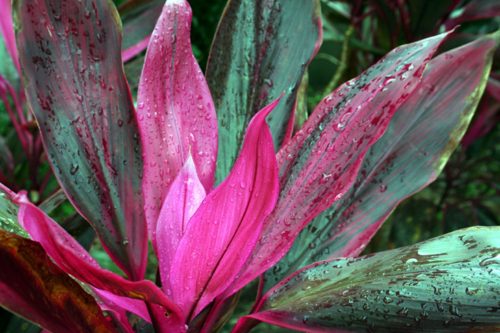
Plants for a Boho Bedroom #5: Chinese Money Plant – Pilea peperomioides
The Chinese Money Plant has been gaining in popularity for a reason! If your space has lots of sharp edges, soften them up with the soft, round leaves of this foliage plant.
Buy a Chinese Money Plant!
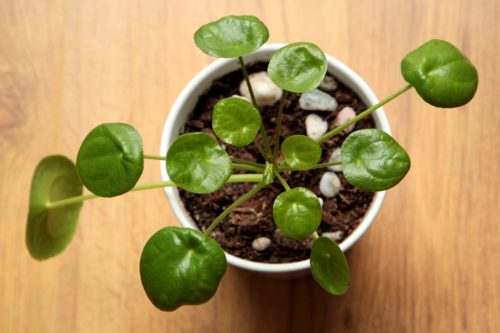
Plants for a Boho Bedroom #6: Traveler’s Palm – Ravenala madagascariensis
Traveler’s palm (though not technically a palm) looks amazing in the back corner of a bedroom. The large leaves add depth and a natural look that will make your space look great!
Buy a Traveler’s Palm!
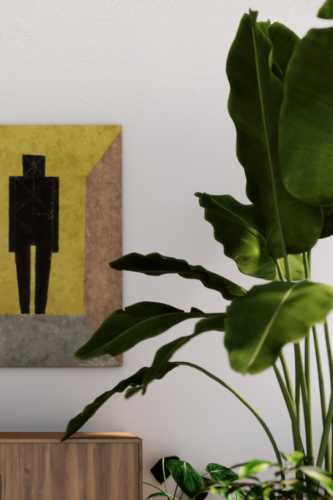
Plants for a Boho Bedroom #7: Split-leaf Philodendron – Monstera deliciosa
If you don’t have the space for a Traveler’s Palm, try out a Split-leaf Philodendron! Also known as a Swiss Cheese plant, these attractive foliage plant can be kept as smaller, tabletop plants. Then, when it gets too big, simply propagate a leaf cutting to keep it in small spaces.
Buy a Split-leaf Philodendron!
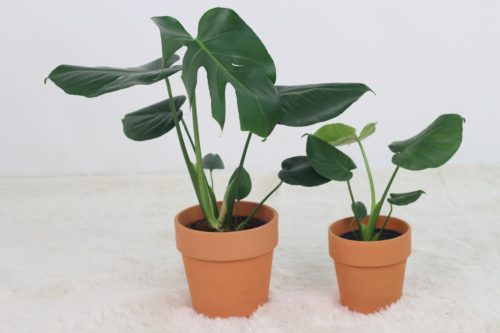
Plants for a Boho Bedroom #8: Bird’s Nest Fern – Asplenium nidus
Bird’s Nest Fern is a unique fern in that it has whole, entire leaf fronds. This allows it to have less texture than normal ferns (and less mess too!) It also creates bold, wavy lines that can either be used as a foliage plant, or a natural focal point!
Buy a Bird’s Nest Fern!
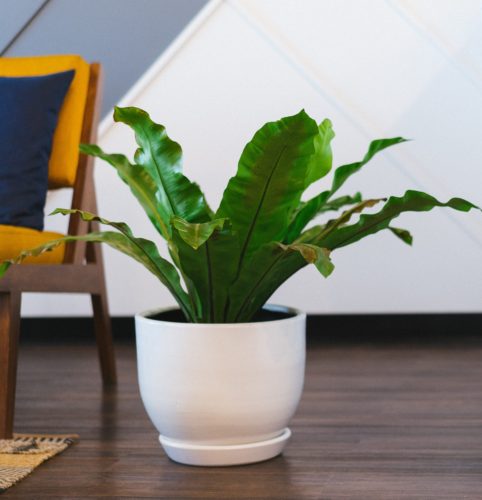
Plants for a Boho Bedroom #9: Cast-Iron Plant – Aspidistra elatior
This low-light, low-maintenance plant is perfect for any low-light bedrooms. The deep green leaves add a background layer to the Bohemian style and is best complimented with warm reds and purples.
Buy a Cast-Iron Plant!
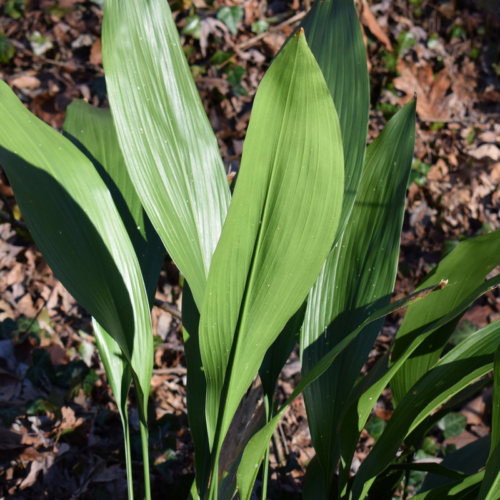
Plants for a Boho Bedroom #10: Ferns!
Large, bushy ferns are a must-have for any boho bedroom! The lush, textured fronds quickly add that needed natural element to your space. And if floor space is an issue, no problem! Just hang it from the ceiling to add an upper canopy of green.
Buy a Fern!
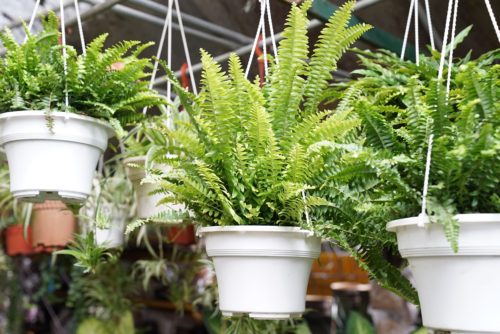
That’s it for my list of plants for a boho bedroom! Please comment below to let me know which of these you use for your awesome bedroom! And for weekly, expert plant tips delivered straight to your inbox, join my email list! Each new subscriber gets a free welcome guide!
Happy Digging!

